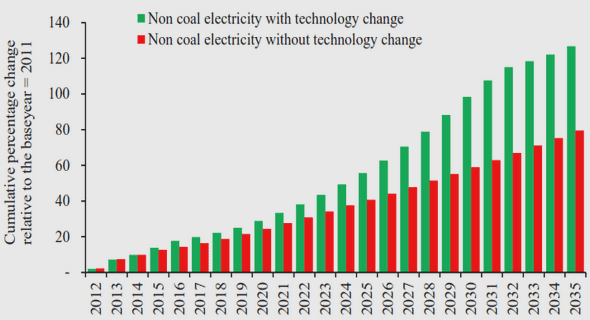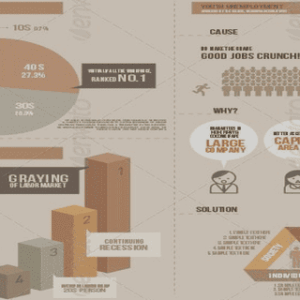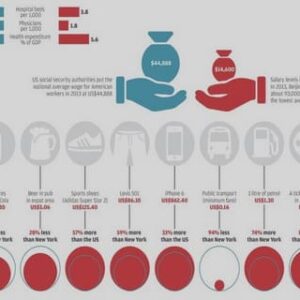(Downloads - 0)
For more info about our services contact : help@bestpfe.com
Table of contents
General introduction
1 Assessing the effects of public expenditure shocks on the labor Market
1.1 Introduction
1.2 The DSGE model
1.2.1 Optimizing households
1.2.2 Labor force participation and wage-setting
1.2.3 Firms
1.2.4 Market clearing condition
1.2.5 Economic policies
1.3 Effects of public expenditure shocks
1.3.1 Calibration of the model
1.3.2 A rise in public consumption
1.3.3 A rise in government investment
1.3.4 The importance of financing
1.4 Empirical framework
1.4.1 Data descpription
1.4.2 Identification methodology
1.4.3 Results
1.5 Conclusion
2 How can the labor market account for the effectiveness of fiscal policy over the business cycle?
2.1 Introduction
2.2 The DSGE model
2.2.1 Definitions and the matching process
2.2.2 Households’ decisions
2.2.3 Firms
2.2.4 Wage bargaining
2.2.5 Monetary and fiscal policies
2.2.6 Aggregation and market clearing condition
2.3 The effects of fiscal policy over the business cycle
2.3.1 Calibration and comments
2.3.2 The effects of fiscal policy on the labor market and output in normal times
2.3.3 What impact over the business cycle?
2.4 Conclusion
3 Spillover effects in a monetary union: why do fiscal policy instruments matter?
3.1 Introduction
3.2 The monetary union framework
3.2.1 Monetary union, price index and real exchange rate
3.2.2 Households
3.2.3 Firms
3.2.4 Labor force participation and wage setting
3.2.5 Aggregate variables and market clearing conditions
3.2.6 The economic policy
3.3 Spillover effects of a domestic fiscal policy
3.3.1 Calibration and comments
3.3.2 Results
3.4 Conclusion
4 Fiscal transfer schemes in a monetary union: does the nature of transfers matter?
4.1 Introduction
4.2 The monetary union framework
4.2.1 The monetary union
4.2.2 Introduction of the fiscal union
4.3 Calibration of the model and description of the simulations
4.4 Stabilizing properties of the different transfers schemes
4.4.1 Response of the economy in the case of a negative supply shock in the home economy
4.4.2 Response of the economy in the case of a negative demand shock in the home economy
4.5 Conclusion
5 General conclusion



